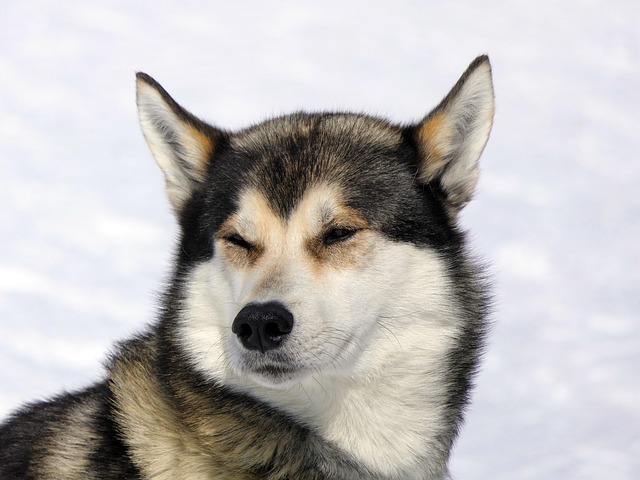
How to train a wolf dog?
Wolf dogs carry a unique mix of canine loyalty and wild instinct, making their training a distinct challenge from domestic breeds.
The first few weeks of a hunting pup’s life set the stage for everything that follows. By 7 to 8 weeks old, those wobbly legs and curious noses are already soaking up the world—this is when the real groundwork begins, though it won’t look like formal training. Letting them explore grass, mud, and the sound of rustling leaves builds confidence, a trait no hunting dog can thrive without.
By 12 to 16 weeks, their brains are primed for basic commands. Think “sit” before meal times or “here” when they dart after a squirrel in the backyard. Short, 5-minute sessions work best; any longer and that fuzzy attention span wanders. This is also when socialization matters—exposing them to other dogs, kids, and even the rumble of a truck prepares them for the chaos of a hunt.
Around 6 months, you can step up to hunting-specific skills. Start with retrieving—tossing a dummy in the grass and encouraging them to bring it back taps into their natural instincts. Water work might come next, but take it slow; some pups shy away from cold lakes at first. Always end sessions on a high note, with praise and a favorite treat, so they associate training with good things.
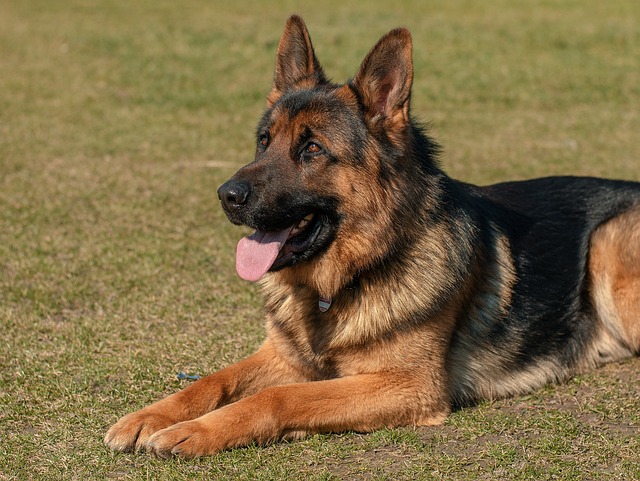 It’s crucial to remember local laws, too. Many areas require hunting dogs to be licensed, and some restrict certain breeds during specific seasons. Checking with your state’s wildlife agency keeps you on the right side of regulations—no one wants a fine ruining a day in the field. Plus, following leash laws in public spaces helps keep your pup safe while teaching them self-control around distractions.
It’s crucial to remember local laws, too. Many areas require hunting dogs to be licensed, and some restrict certain breeds during specific seasons. Checking with your state’s wildlife agency keeps you on the right side of regulations—no one wants a fine ruining a day in the field. Plus, following leash laws in public spaces helps keep your pup safe while teaching them self-control around distractions.
Maturity plays a role, too. A 1-year-old lab might be ready for longer hunts, but a pointer might need another few months to focus through their teenage energy. Watch their body language—if they’re panting heavily or ignoring commands, it’s time to call it a day. Training should challenge them, not exhaust them.
By the time they’re 18 months to 2 years old, most hunting dogs have the focus and stamina for regular hunts. But even then, training never really stops. A quick session before a morning hunt reinforces good habits, and new tricks keep their minds sharp. After all, the best hunting partners are the ones who keep learning right alongside you.

Wolf dogs carry a unique mix of canine loyalty and wild instinct, making their training a distinct challenge from domestic breeds.
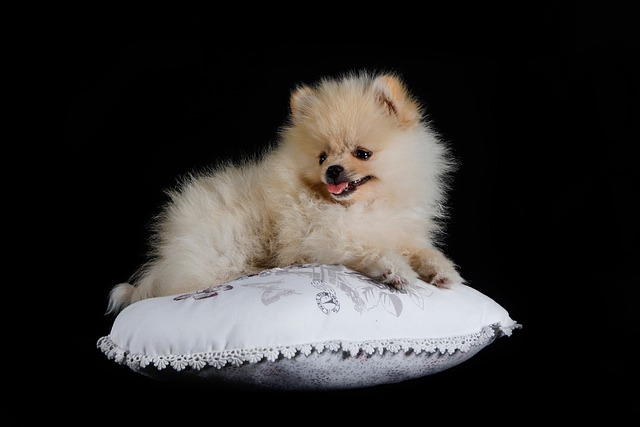
The scene is every new dog owner’s nightmare: you’re on your usual evening stroll when a loud truck backfires. Instead of just startling, your dog whirls around
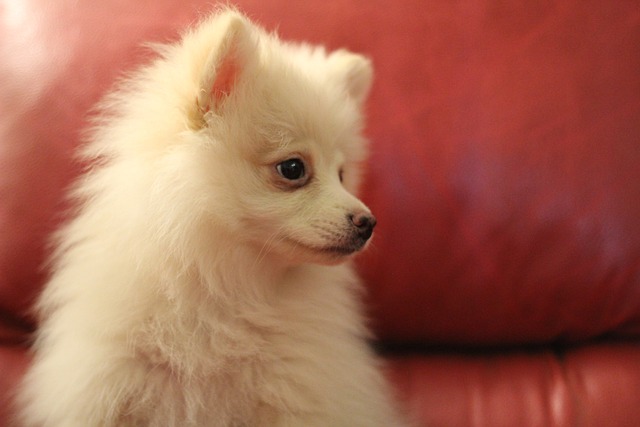
You’re finally enjoying a calm walk with your rescue dog, Buddy, when you round a corner and come face-to-face with a neighbor. Suddenly, the peace is shattered by a volley of sharp barks.
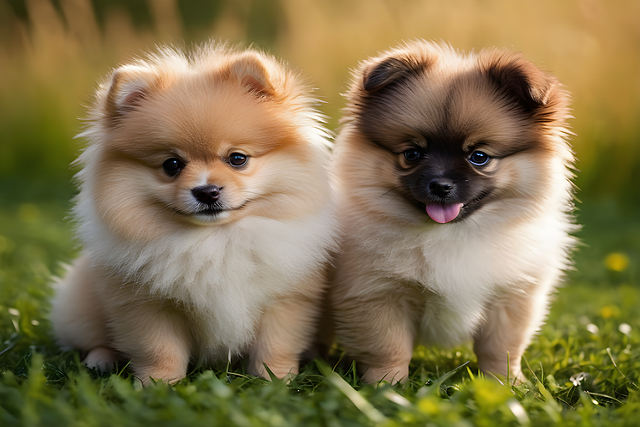
You’re enjoying a peaceful walk through your neighborhood when a skateboarder suddenly whizzes by. In a flash, your normally sweet-natured dog transforms
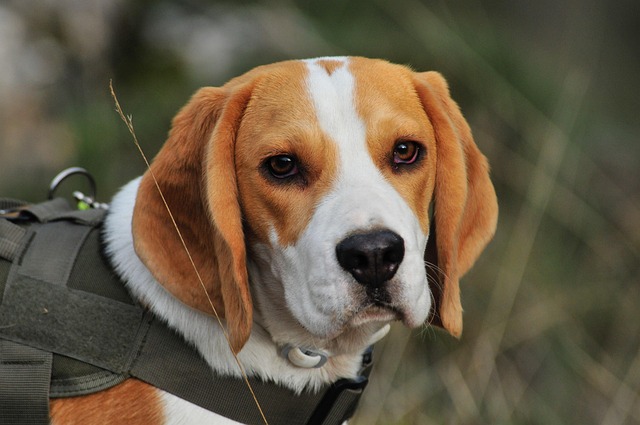
Beagles are known for their curious noses and wagging tails, but getting those cute paws to lift on command takes patience. Start when your pup is relaxed—maybe after a walk or during a quiet evening at home.
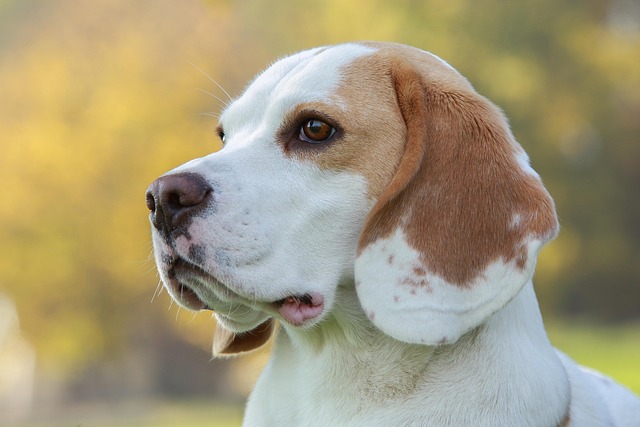
If you’ve ever chased a mischievous beagle around the backyard, trying to coax them into doing their business, you know how frustrating it can be.